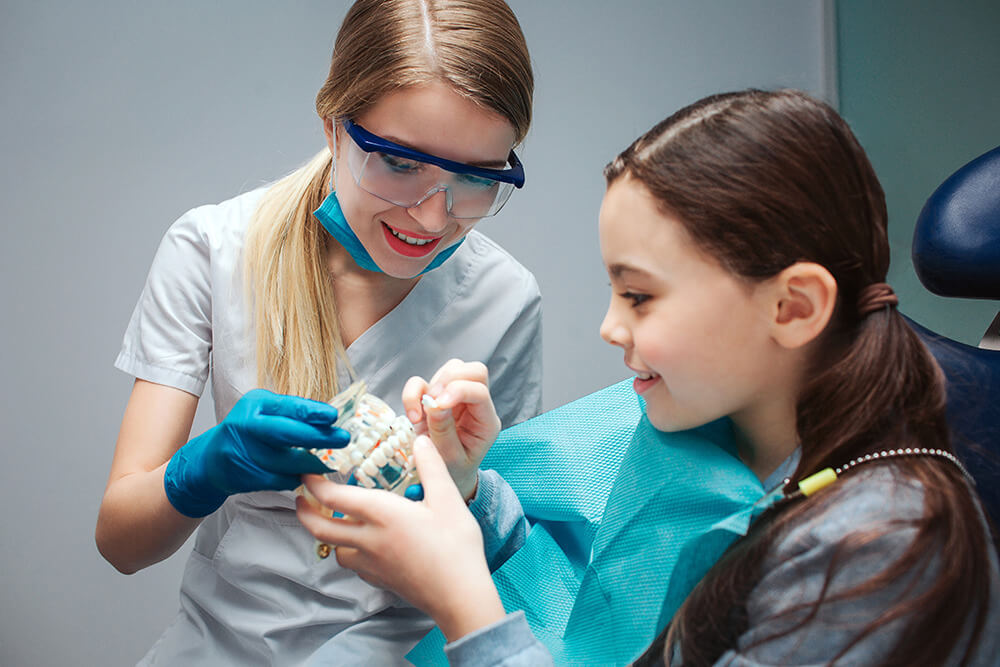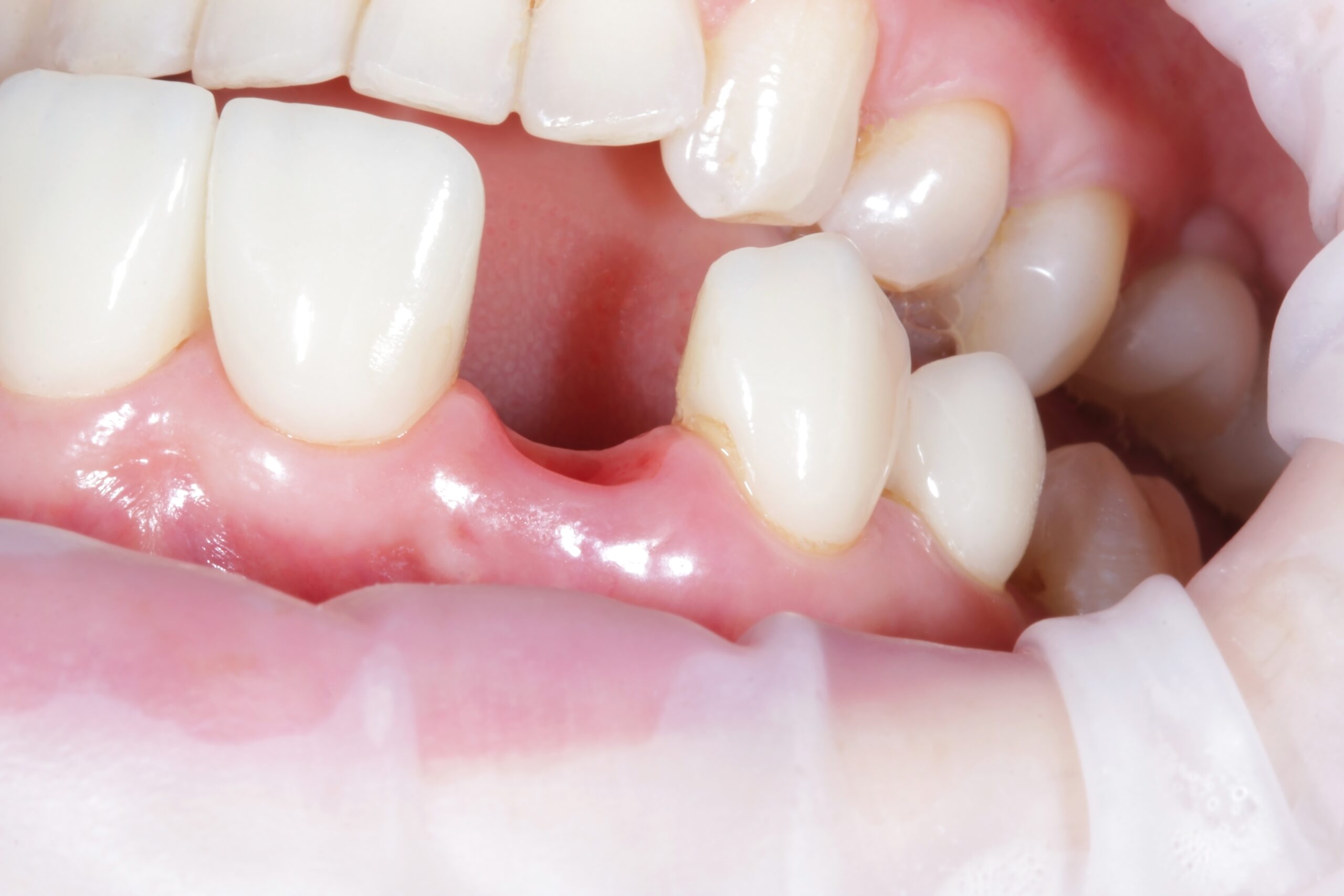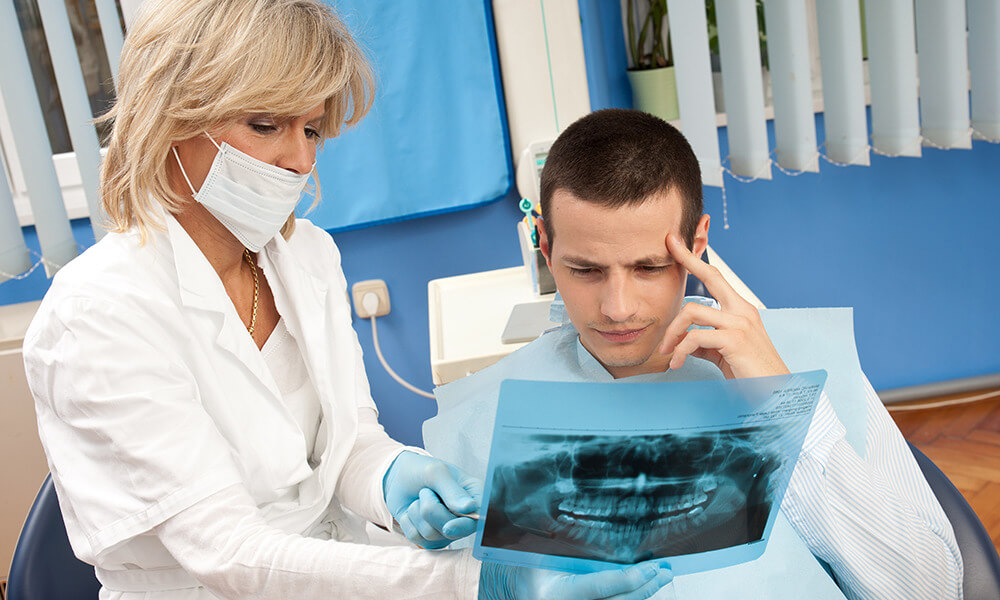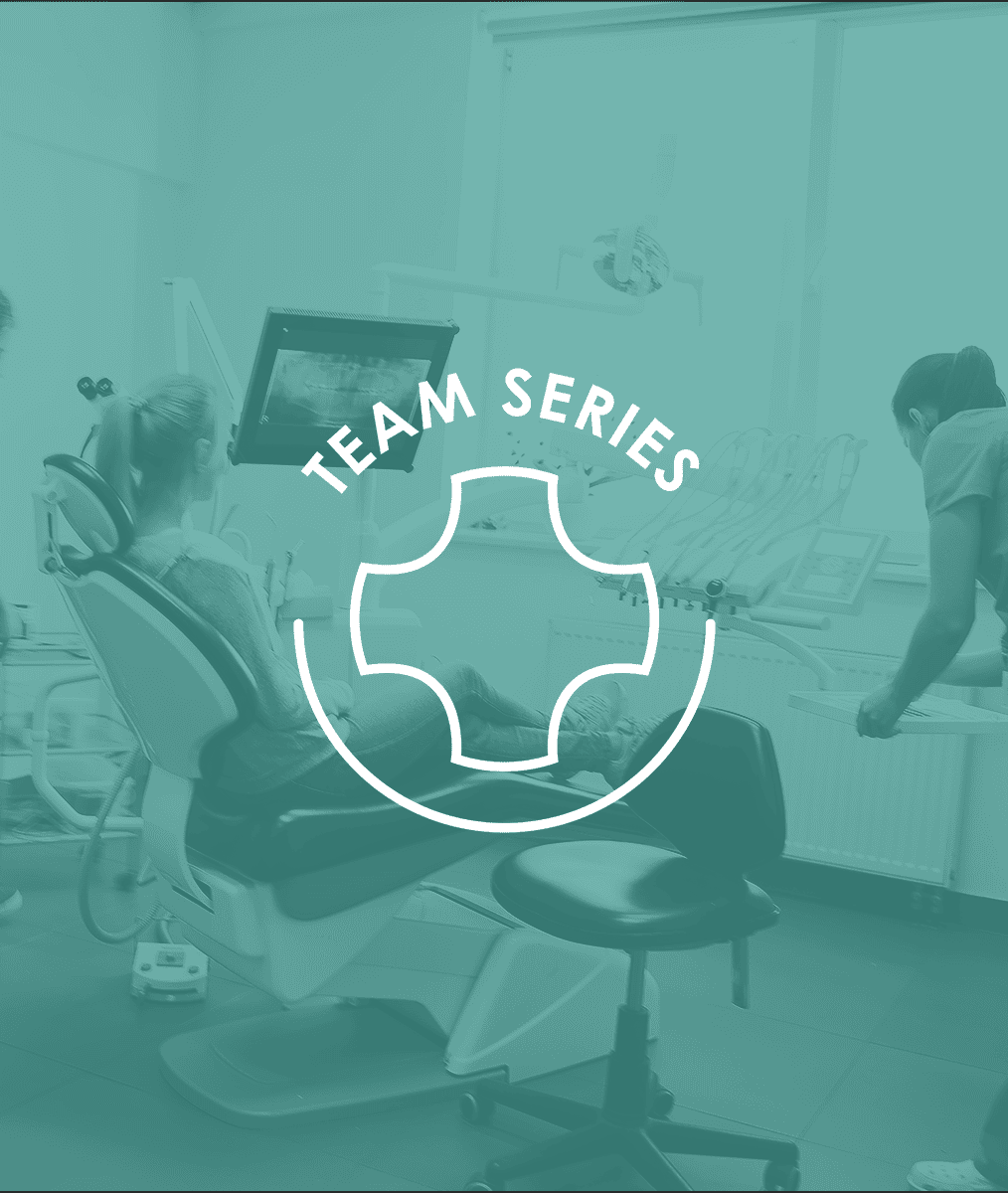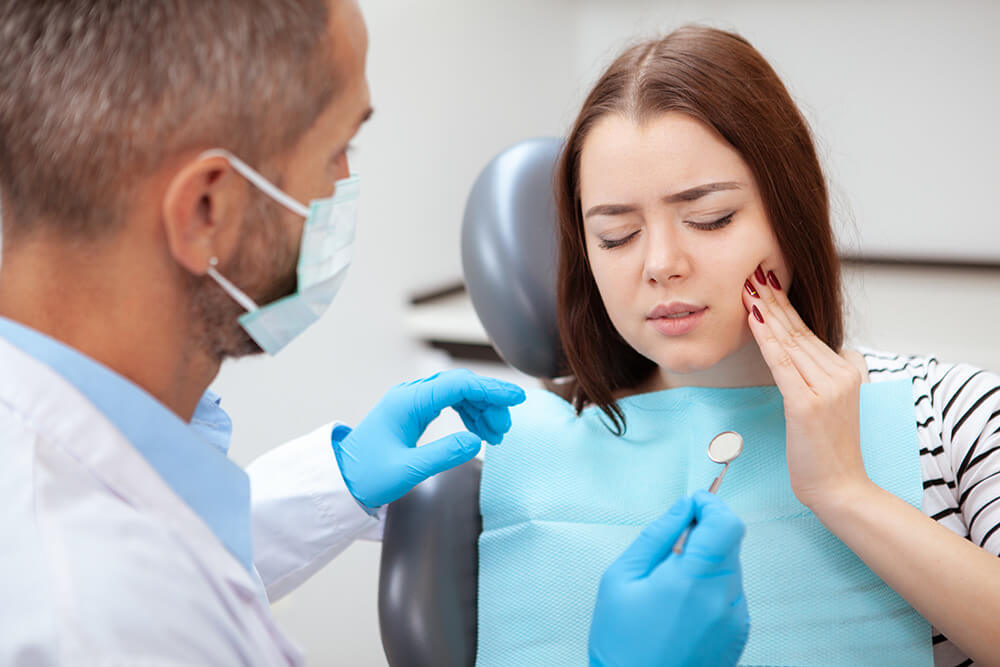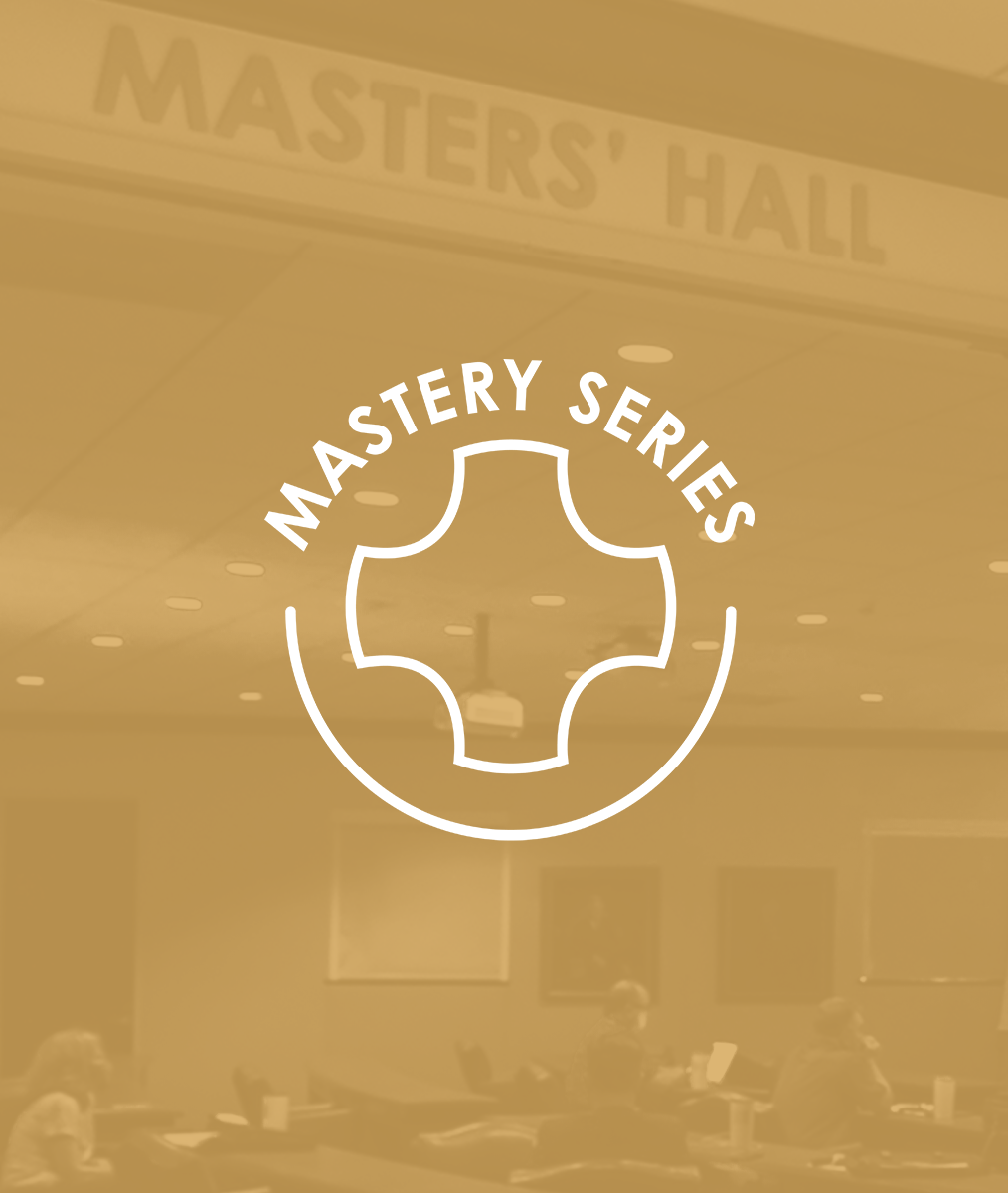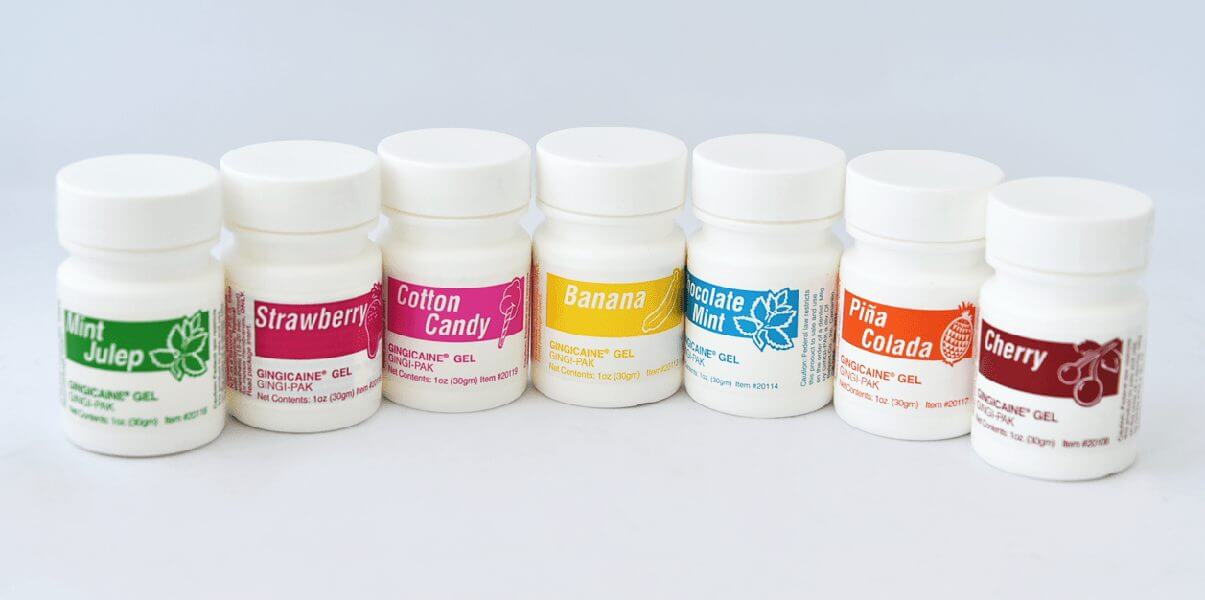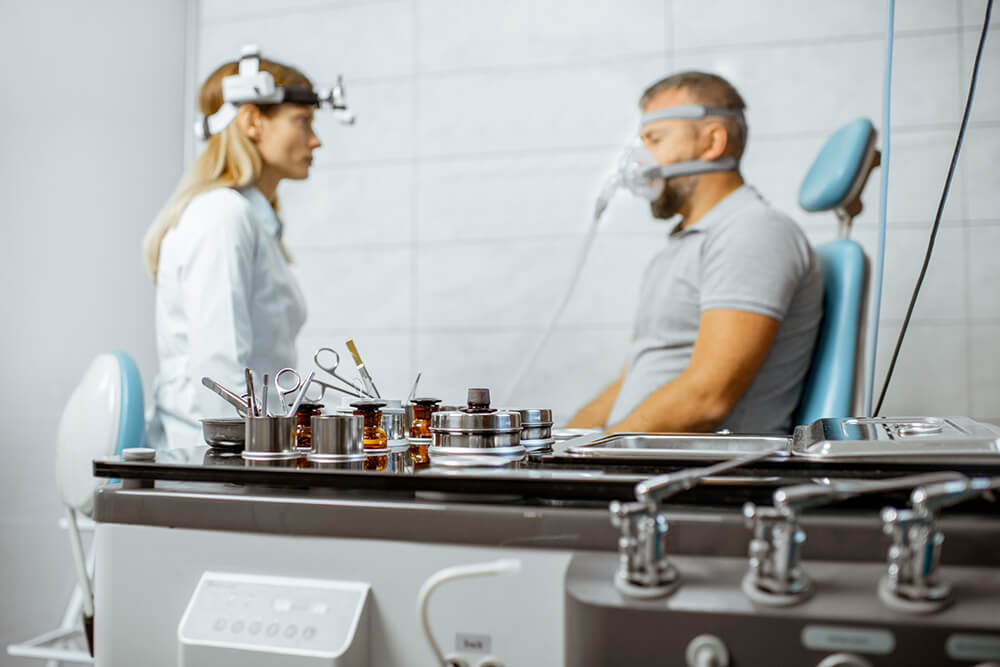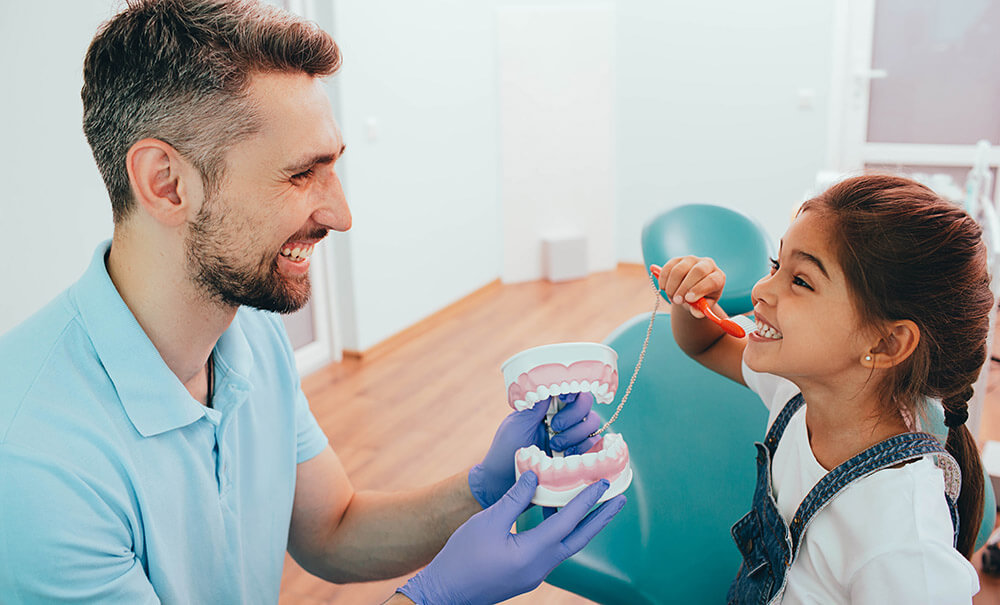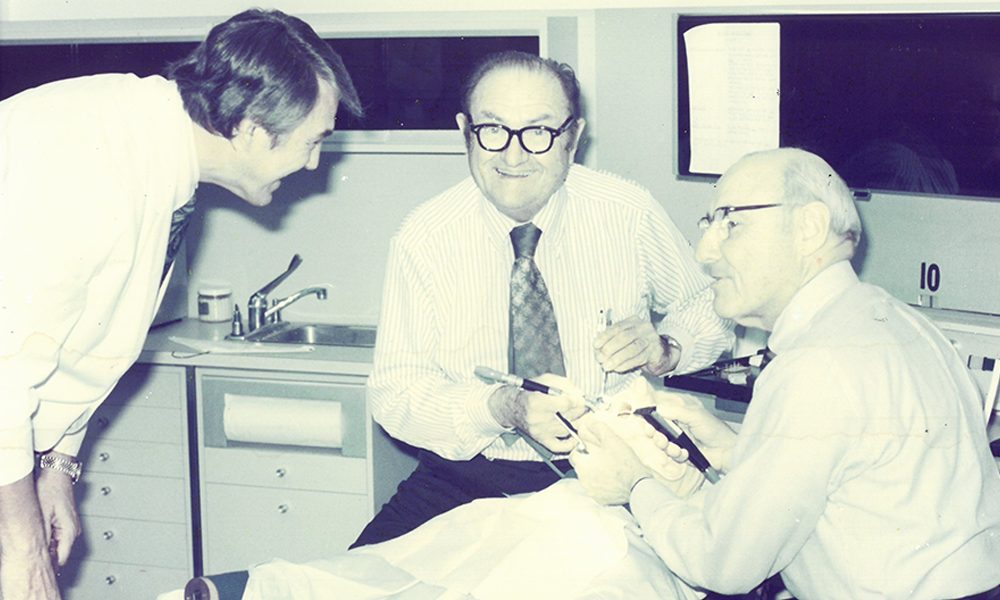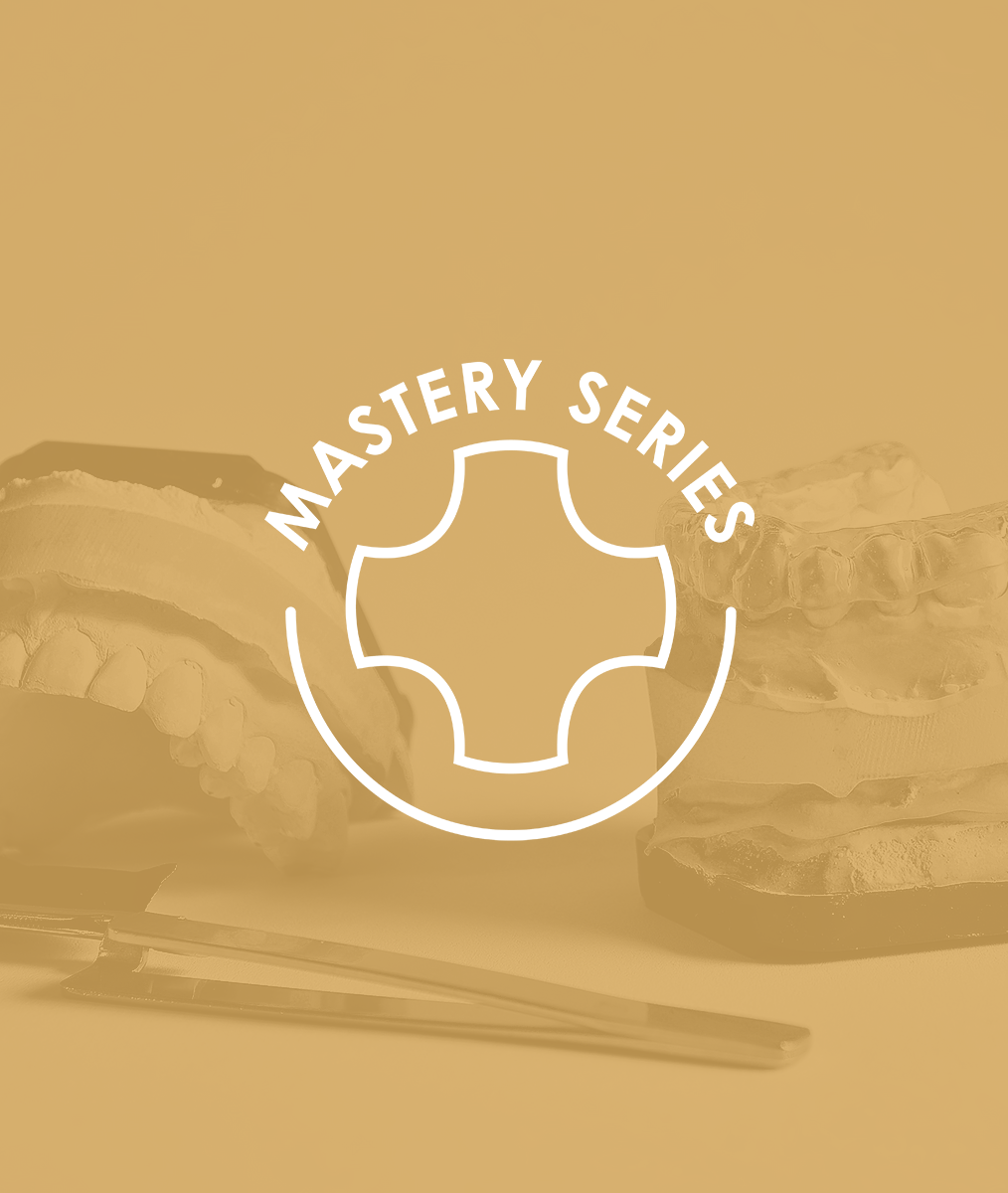The Wonder of Relevant Examples – Part 1
Doctor L.D. Pankey would often say to me, “Communicate with others by making your examples relevant to the other person’s experience or frame of reference.”
Years ago, I had been asked by a young dentist to come to his office and help him with the implementation of his new learning with occlusion applied to bite splints and equilibration. I suggested he line up a few patients for us to work on together during my visit. When we arrived at his office early in the morning to talk about the patients we were going to see together over the next two days, I asked him to bring me up to speed on where he was in treatment with the patients and the conversations he had had with them. We also looked at full mouth models, models of bite splints, and radiographs. I asked him what he wanted me to do with the first patient who was coming in that morning.
He said, “I want to watch you sell him a bite splint!” A little surprised, I asked him to tell me about the patient. He said he was a new acquaintance. They played golf together and occasionally gambled as they played to keep their interest up in the game. They also gave each other a hard time about handicap ratings. He mentioned he felt a bit embarrassed because he thought he knew what was best for his new friend and had kind of hustled his friend on the golf course to be a patient. Now he was feeling a bit guilty about having his new friend come in as a patient, and he could not bring himself to a have conversation concerning the benefits of a bite splint.
Charlie (the friend) appeared, and the dentist introduced me. Charlie and I stood about the same height. We looked each other in the eye, and we smiled at each other – a good beginning. In my mind, I was repeating slowly to myself, “Find a relevant connection.”
I said, “Thanks for taking the time to come in and meet me on such a beautiful Spring day, as I pointed to a comfortable chair for him to sit in.”
He offered something about how golf could be a bit boring if you played it too much. Still looking for a relevant connection, since my “stated task” was to sell him a bite splint, I asked him about his work, and he said he was retired from directing filmed commercials. I asked him what he did with his new found time aside from golf. He smiled a big smile and said he ran about five to seven miles a day. I smiled as I remembered the years when I ran three to five miles a day during the week and seven to ten miles on weekends. A light bulb went on, in my head, and I knew a question I could ask to engage him and tweak his curiosity.
I asked, “How often do you buy new running shoes?” And without hesitation, he said, “Every four hundred miles.” I then asked, “How did you discover that interval?”
He reached down with his right hand and rubbed the lateral surface of his right leg from the mid-thigh, across the lateral surface of his knee, to the lateral surface of his calf, while telling me of the discomfort he would experience in his muscles when the bottoms of his running shoes became worn.
I made the statement, “You must run with the traffic!” Surprised, he asked, “How do you know that?”
I told him I experienced the same thing when I ran on a road with the traffic, especially when the road had a bit of a “crown” on its surface. I thought I had found a relevant connection, and I let it sink in a bit. Then, I told him his dentist friend wanted to offer him a new pair of shoes for the top of his teeth in the form of a removable bite splint. It would be like getting a new pair of running shoes. It would be professionally custom fitted to the tops of his teeth, which would please your chewing muscles and create greater comfort, just like a new pair of running shoes pleased his leg muscles and knee joint.
Charlie looked at his dentist friend and then at me before standing up. With a big smile he said, “I will make an appointment with the receptionist.” Hmmm… Isn’t that Interesting!
Related Course
Pankey Scholar 14B
DATE: August 15 2024 @ 6:00 pm - August 17 2024 @ 3:00 pmLocation: The Pankey Institute
CE HOURS: 0
Dentist Tuition: $ 3905
Single Occupancy with Ensuite Private Bath (per night): $ 290
“A Pankey Scholar is one who has demonstrated a commitment to apply the principles, practices and philosophy they learned through their journey at The Pankey Institute.” At its core,…
Learn More>
